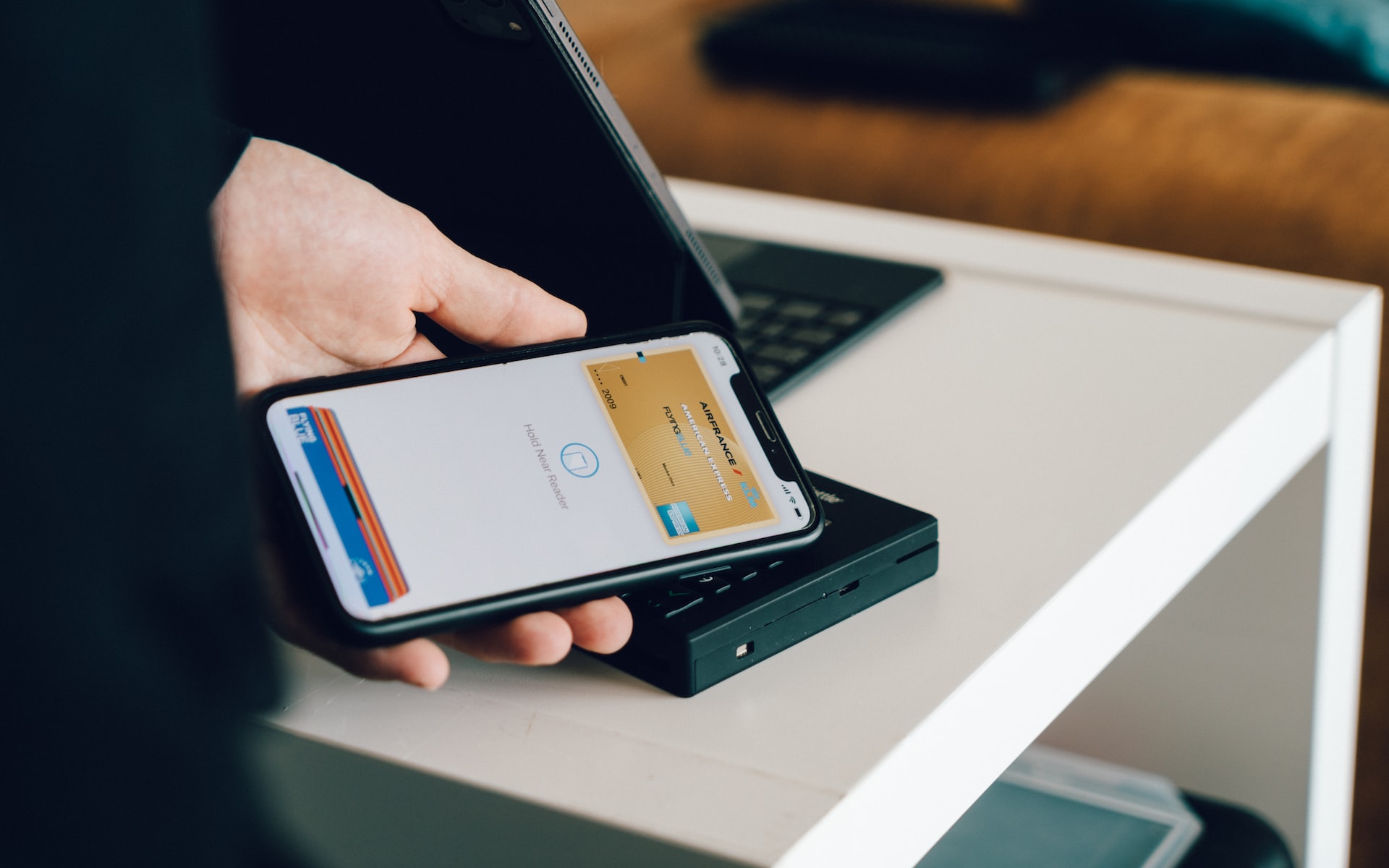In today’s digital world, the convenience of online shopping and contactless payments has led to the rise of virtual debit cards. These digital payment methods have transformed the way you manage your finances, offering a secure and seamless option for conducting transactions.
A virtual debit card operates like a traditional debit card, but it only exists in a digital format. This means you won’t have a physical card to carry around. Instead, you can access your card through a smartphone app or online platform. Virtual cards can be used anywhere that accepts debit, reducing the risk of card theft or fraud.
These cards are also a convenient payment method. You can make purchases both online and in person and minimize the risk of your account information being stolen or compromised. Here are six reasons why you should consider adding a virtual debit card to your wallet.
What is a Virtual Debit Card?
A virtual debit card can be used to make purchases and cover expenses. It’s stored on your phone and comes with a unique 16-digit card number, expiration date, card verification value (CVV) number and PIN. (Note: A new, temporary card number is generated for each transaction to protect your money).
Using a virtual debit card, you can shop online or pay for services without having to worry about losing your card or having it stolen. Your virtual card operates similarly to a traditional debit card and can be used anywhere that accepts debit payments. Unlike a physical card, this card only exists in a digital format, which makes it more secure, especially for online transactions.
Do Virtual Debit Cards Work Like Normal Debit Cards?
Yes, virtual debit cards work like normal debit cards. While you can’t physically hold a virtual debit card in your hand, it functions in the same way as a traditional debit card when it comes to transactions.
When you need to make a purchase, virtual debit cards allow you to make transactions online or via contactless payments in brick-and-mortar stores that accept them. Since the virtual debit card is a digital version of your physical card, it carries the same card number, expiration date, and security code for authentication. (Again, this number is hidden to protect you from fraud).
One of the main benefits of using virtual debit cards is their added security features. They often come with customizable spending limits, one-time-use card numbers, or temporary expiration dates, which can help protect your account from fraud. Furthermore, some virtual debit card providers offer near real-time transaction alerts, giving you better control over your card usage.
Still, these cards aren’t without limitations. You won’t be able to withdraw cash from ATMs or make transactions at merchants that require a physical card for payment. Despite these limitations, virtual debit cards can be a convenient and secure alternative to carrying a physical card with you.
To start using a virtual debit card, you’ll need to link it to your bank account, just as you would a regular debit card. Most banks and financial institutions that offer virtual debit cards have their own mobile apps or digital wallets that make it easy to manage your card and make transactions on the go.
Where Can You Use a Virtual Debit Card?
You can use your virtual debit card to make online purchases from a wide array of merchants and service providers. When shopping online, simply enter your card details as you would with a physical card. Some digital wallets also enable you to use your virtual debit card for in-app transactions, allowing you to make purchases or pay for services within supported apps.
Beyond online transactions, you can use your virtual debit card at participating physical stores by adding your card to a digital wallet like Apple Pay or Google Pay. This feature enables you to make contactless payments using your smartphone or other compatible devices at payment terminals that accept contactless payments. You can also use it to make over-the-phone transactions if this form of payment is accepted.
That said, it’s important to know that not all merchants may accept virtual debit cards, and you might encounter limitations depending on your card issuer and the specific services you choose. Always check with the merchant and your card issuer for compatibility and accepted payment methods before relying solely on your virtual debit card for transactions.
Are Virtual Debit Cards Safe to Use?
Virtual debit cards offer a higher level of security compared to traditional cards, making them safer for online transactions. When you use a virtual debit card, your actual card information remains hidden from the vendor. Instead, a unique temporary card number is generated for each transaction, reducing the risk of your data getting compromised.
One of the key features of virtual debit cards is the bank-level security it provides. This means that your financial information is encrypted and protected by the same security measures employed by major banks. As a result, you can confidently use your virtual debit card for online transactions, knowing that your data is well-protected.
Not only are virtual debit cards safe for you, but they also benefit vendors as well. Transactions completed with these cards are less likely to result in chargebacks and fraud – both can be very costly for vendors. This can create a more secure environment for both parties involved in the transaction.
But keep in mind that no system is entirely foolproof. To further enhance the security of your virtual debit card, always use strong, unique passwords for your online accounts. Also, enable two-factor authentication when possible. Monitoring your transaction history regularly for any suspicious activity is equally important. If transactions appear on your statement that you don’t recognize, report them to your card issuer right away.
Top 6 Reasons To Use A Virtual Debit Card
Below is a breakdown of key reasons why virtual debit cards are worthwhile.
1. Hassle-free Application
Most financial institutions let you apply for a virtual debit card in seconds online or directly from the mobile app. This eliminates the need to visit a physical bank branch and fill out paperwork. Upon approval, you can activate it right away, usually at the tap of a button, and begin using it to make purchases and pay bills.
2. Easy Approval and Activation
You’ll typically get approved for a virtual debit card in minutes, and you won’t have to visit an ATM or call a toll-free number to activate it. Instead, you can start using it immediately once it appears on your financial institution’s mobile app.
3. Bank-level Security
As mentioned above, virtual debit cards are backed by bank-level security to keep your card number and other important information hidden from fraudsters. Furthermore, they cannot be cloned or stolen like a physical card. In the event that your virtual debit card information is exposed due to a data breach, it can be shut down right away to make it inaccessible to cyber thieves.
4. Safe Online and In-store Purchases
You’ll have peace of mind knowing your account information is secure when shopping online. If you choose to shop at a retail location, you’ll select the contactless payment method to use your virtual card number. So, your card information will never be in the hands of the cashier.
5. Easily Track Your Spending Anytime Anywhere
Monitor your spending in real-time via the mobile app, even if you’re constantly on the go. Most virtual debit card issuers also let you set spending limits and will either deny the transaction or notify you when your purchase is at or above the preset amount.
6. Some Help You Build Credit
Virtual debit card activity isn’t reported to the three major credit bureaus – Experian, Equifax and TransUnion. But if you opt for a virtual credit card, you could start building credit, assuming you manage your account responsibly by keeping your utilization low and making timely monthly payments.
How to Get a Virtual Card Online
Start by choosing a reputable bank or financial platform that offers virtual debit cards. Many major banks and fintech companies provide this service as part of their online banking features. If you’re not sure which institution to go with, do some research and compare the various features, fees, and services offered by different providers.
After selecting your bank or service provider, sign up for an account. The process of creating an account typically involves providing some personal information, such as your name, address, and Social Security number. Once your account is set up, you can then access the virtual debit card features.
Most banks and financial services will provide you with a virtual card number, a PIN and an expiration date. This information can be found within your mobile app or digital wallet. Depending on the provider, your virtual debit card may also be compatible with popular mobile payment apps like Apple Pay, Google Pay, or Samsung Pay. This means you can easily use your virtual card for in-store purchases as well as for online transactions.
To make the most of your virtual debit card, ensure that you keep your mobile app or digital wallet up-to-date. This will help maintain your card’s security and enable you to access the latest features.
Frequently Asked Questions (FAQs)
Below are some frequently asked questions regarding virtual debit cards and how they work:
No, you will not be assessed a fee for making an online, in-person or telephone payment with a virtual debit card.
No, your credit score won’t be impacted when you apply for or use a digital debit card. However, the vendor may pass the fee to process the card transaction on to you.







